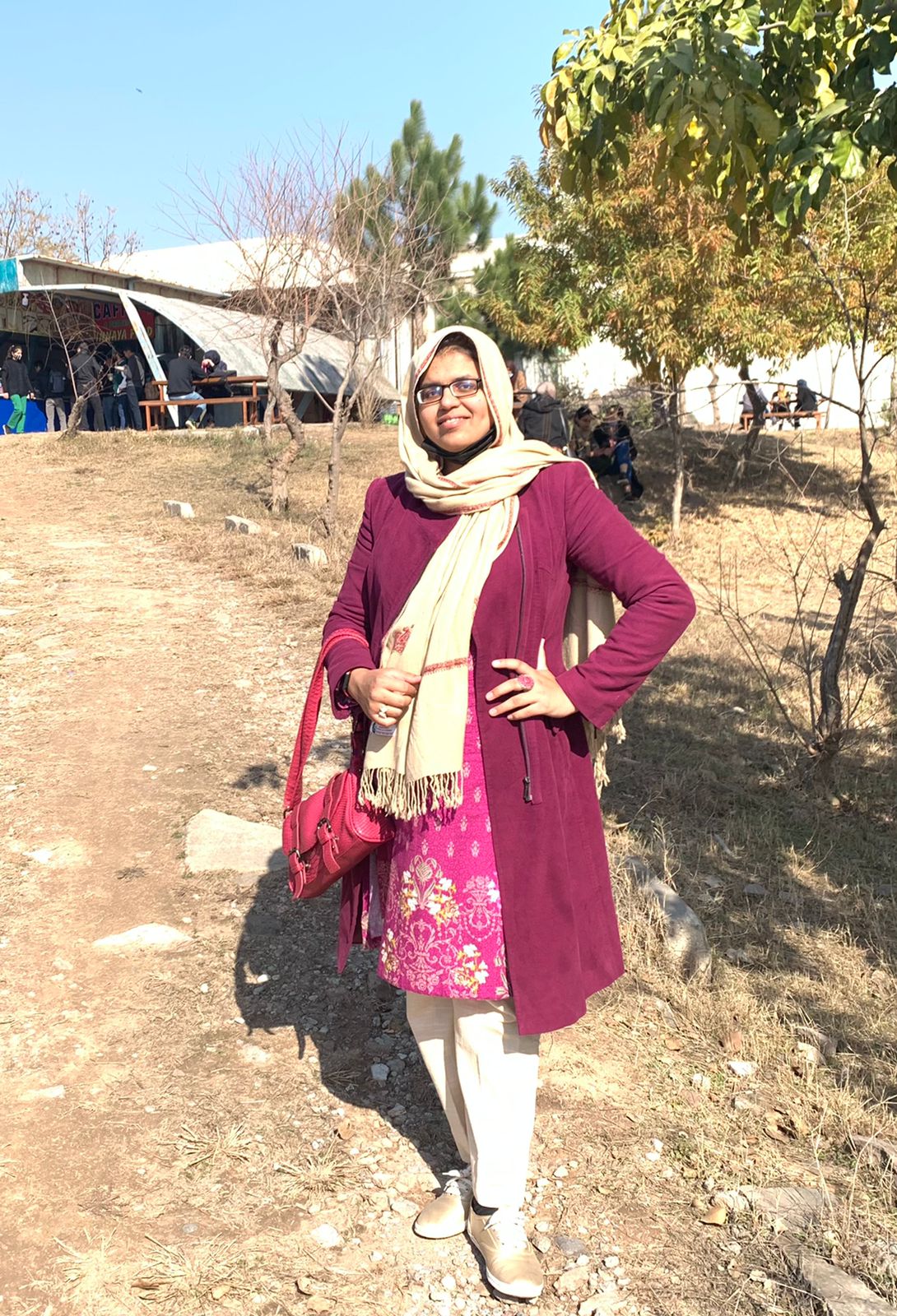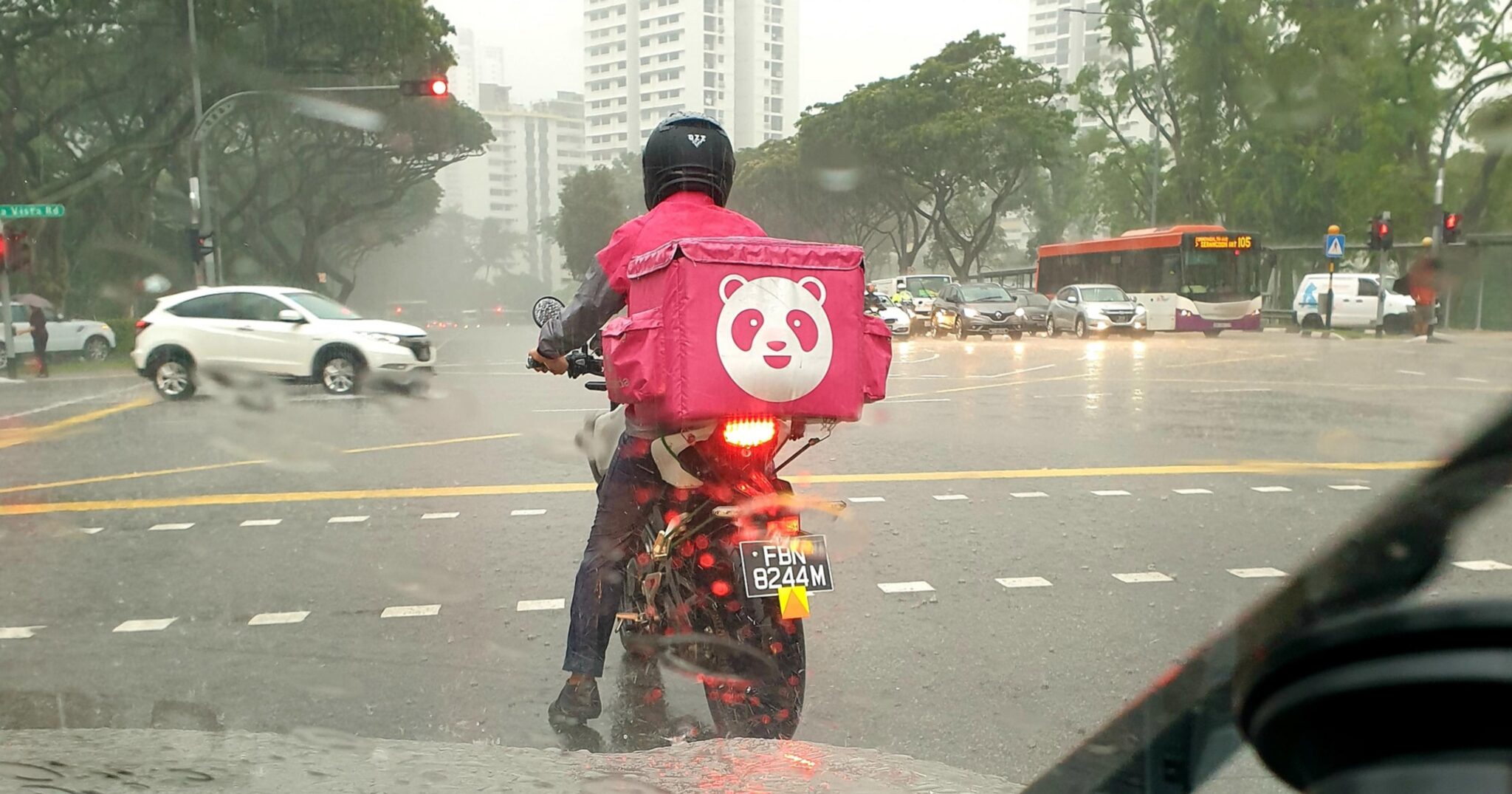The sudden call from her parents makes Mariam worried. She’d been busy and had nothing cooked. Neither did she have the car today to go and bring groceries. Her only option was food delivery. She called P-mart and selected some fruits, vegetables, poultry, bread and snacks. The delivery would take less than 40 minutes, according to the app. Perfect. She checked out and went ahead to place the order.
To her utter dismay, the app canceled her order and apologized for the inconvenience due to the weather. The weather? Mariam peered outside the window to find a drizzle. So, the driver was not equipped with a shaded motorbike or a raincoat to even wand this minute amount of rain? How pathetic. She continued to panic and dialed the nearest restaurant’s number for home delivery. Unfortunately, they refused to take her order due to the ‘inconvenient weather conditions.
What was she supposed to do now?
Trends in Food Delivery
With the expansion of globalization and digitalization, food delivery systems have become highly popular. Whether it is lunches for offices, groceries, or your favorite meal at home, it’s all a click away on an app. This convenience has, for one thing, facilitated the decrease of cars and vehicles rushing to the supermarket and, thus, fuel consumption and air pollution.
Online businesses are a handy way of employment for people who prefer to work from home with flexible timings. Females have applied their culinary talents to their benefit and are a help in the family earnings. Flavor and packaging are maintained due to continuous customer feedback, and the waiting time that had to be wasted sitting at eateries is now saved as well.
Over the last decade, revenue due to food delivery has tripled all over the globe. A highly unusual increase has been observed ever since Covid-19, where people avoid restaurants and public places as much as possible. They prefer to have their meals delivered to their doorstep to save the hassle. Most orders of food businesses are online and for home delivery, about a hefty 60 percent.
In Pakistan, apps like Foodpanda, Cheetay, Bykea, etc., have made food delivery from restaurants and groceries a piece of cake. We can track orders online, and cash on delivery is also available. Besides these apps, almost every restaurant has its own delivery system. These deliveries are usually free to nearby places, whereas the apps imply a delivery fee.
Local grocery stores and cash and carry chains have developed their apps,o for most urbanized cities, to help in online shopping and home delivery. Most users find this convenient, especially with less time in the week due to school and office timings, and manually searching for all the items at a grocery shop is time-consuming.
Most restaurant chains are hosting less than half of the customers they used to have a decade ago on the premises and dealing with their growing list of online orders. In this way, market space is no more demanded by most restaurants, and it can lead to a decreased demand for commercial buildings and plazas.

Types of Food Delivery
When we talk about food delivery, the first thing that comes to mind is the restaurant sector. But delivering agricultural outputs to factories for processing and then to the market for sale is also included in this domain.
In a country like Pakistan, where more than 70 percent of employment is dependent on livestock and farming, agriculture forms the backbone of our economy. Food delivery from farms and rural areas to factories for manufacturing and processing is done through huge truckloads. Then the manufactured and packed goods are delivered to retail stores and shops nationwide.
To simplify things, let’s divide food delivery into categories. Firstly, there is the usual restaurant meal delivery. An order is placed online or via call, prepared and packed. It is ready to eat, and the packing serves to preserve the freshness and taste. The food is delivered via a bike, usually in an insulated box. Cash on delivery is available.
The second type of food delivery is a meal kit. This type requires a weekly or monthly subscription; meals are planned and usually contain all the food groups in the lunchbox. They are healthier, customized, and typically handy to deliver to offices and workplaces. They can be delivered via a bike or a truck if ordered in bulk. Payment is usually weekly or monthly.
The third type is ingredients delivery or your usual grocery list. Fruits, vegetables, dairy, poultry, grains, pulses, and other processed edibles like bakery items, packed snacks, drinks, etc., are all included and delivered via bike in a big shopping bag. Orders are placed online, items selected, and cash is paid upon delivery. Delivery may be free if the order cost is above a specific price.
The fourth type is, of course, the transport of agricultural goods to the industry for processing and packaging and then transport to retail stores in all cities to be sold to consumers. This implies the usage of bulk transport in boxes or sacks in trucks usually.
How do severe climatic conditions affect food production and agriculture?
When we say severe climate, we mean both extremes, cold and hot. Plants and crops usually require a balanced amount of water, soil nutrients, and atmospheric conditions to grow well. If the climate is too cold, germination will not occur, and crops will have stunted growth or none. Plants will dehydrate and die if the environment is too hot and arid.
Besides extreme temperature variations, rainfall is also crucial in agriculture. Scanty rainfall is also problematic; too much rain causes floods or waterlogged soils. Crop plants face damage in both scenarios and perish.
Food production problems and food crisis are typically faced where water shortages are prevalent. Droughts, less rainfall, deforestation, arid climatic zones, and land pollution contribute to food production levels. Mountainous or hilly areas where the land is not flat also had severe climatic conditions. Rainfall is unpredictable and the climate is freezing.
Global problems like the greenhouse effect are leading to an increase in temperature. The temperature at the poles is five to ten degrees warmer than it was a decade ago. This has led to floods and glaciers. Also, crops that convert carbon dioxide into carbohydrates with three carbons, known as C3 plants, may experience a lower yield, as they require a lower temperature to thrive than C4 crop plants. C3 plants include wheat, oats, rice and cotton, while examples of C4 are maize and sugarcane.
The Impact of severe climate on food delivery systems
As far as extreme temperatures go, they do not affect food delivery over short distances. Food is insulated and carried to local places in summer and winter. However, if the food is delivered in bulk and to a far-off remote area, a warm climate poses the risk of food rotting or spoilage.
The main game changer is rainfall. Food delivery systems in Pakistan are not yet well-established and well-equipped to face the rain. Deliveries are usually stalled and delayed for several days in the monsoon season. This can cause product shortages in the market.
Food delivery systems rely on favorable weather conditions for easy transport and quality maintenance of food.
Food security and challenges
The term food security implies the state of having reliable access to a sufficient quantity of affordable, nutritious food. Climate change has mainly posed a threat to food security in two ways. Firstly, unpredictable rainfall patterns have affected water availability to crops.

Secondly, increased carbon dioxide concentrations in the air have led to a decreased nutritious value of some crop plants. Plants in a high CO2 environment absorb fewer minerals from the soil.
Solutions
The first and foremost step is to develop dams and an efficient irrigation system. This should be capable of water storage and providing a moderate amount of water to crops according to need throughout the year.
Techniques like greenhouses, hydroponics, aeroponics, etc. must be made familiar to reduce the effects of climate on crops. Drought-resistant and heat-resistant varieties of crops should be engineered and used.
Food delivery systems should be capable of withstanding changes in rainfall and climate. E.g., raincoats, rainboots, waterproof boxes to carry the food hot and fresh, and well-organized tracking systems to navigate them.
Food delivery apps and services should also reach out to remote hilly or desert areas by establishing a well-organized and extensive network of vehicles, deliverymen, and resources. Compensation should be given to deliverymen who work on rainy or weather-constrained days to boost their morale and encourage their participation on such days.
A constant check on the weather and climate with reliable apps should help plan routes and timings of truckloads of food deliveries beforehand.
The future
More efficient apps with customer-friendly deals and options, technology applications for better food packaging and sustenance, as well as better modes of food delivery are all under consideration. An example of the latest technology for food delivery is the application of artificial intelligence like drones, robots, parachutes, etc.
Imagine opening the door to finding your pizza in the hands of a robotic delivery man! You would have to insert your money in some hole or pocket before the robot lets go of the grip on the box, and you can take it from the robot. That would indeed be interesting.
References:
- https://www.quora.com/What-is-the-future-of-online-ordering-and-food-delivery-systems-after-a-few-years
- https://www.google.com.pk/search?q=wht+is+food+wecurity&ie=UTF-8&oe=UTF-8&hl=en-pk&client=safari
- https://en.m.wikipedia.org/wiki/Meal_kit
- https://www.google.com.pk/search?q=examples+of+meal+kit+services+in+pakistan&client=safari&hl=en-pk&prmd=niv&sxsrf=ALiCzsbHqi-zkLqPe_ce9XvWyr9_k4kgPg:1663653013626&source=lnms&tbm=isch&sa=X&ved=2ahUKEwjHiKC31qL6AhUChv0HHatQDPIQ_AUoAnoECAIQAg&biw=414&bih=713&dpr=2
- https://climatechange.chicago.gov/climate-impacts/climate-impacts-agriculture-and-food-supply
- https://www.getfareye.com/insights/blog/food-delivery
Also, read: Food and Environment: What’s on Your Plate will affect what’s around You

Aniqa Mazhar is a graduate of QAU in Biochemistry. She has taught sciences to O levels and is currently planning for her MS in Food Technology. Aniqa’s hobbies are reading, watching movies, writing, calligraphy, long walks, and nature photography.

